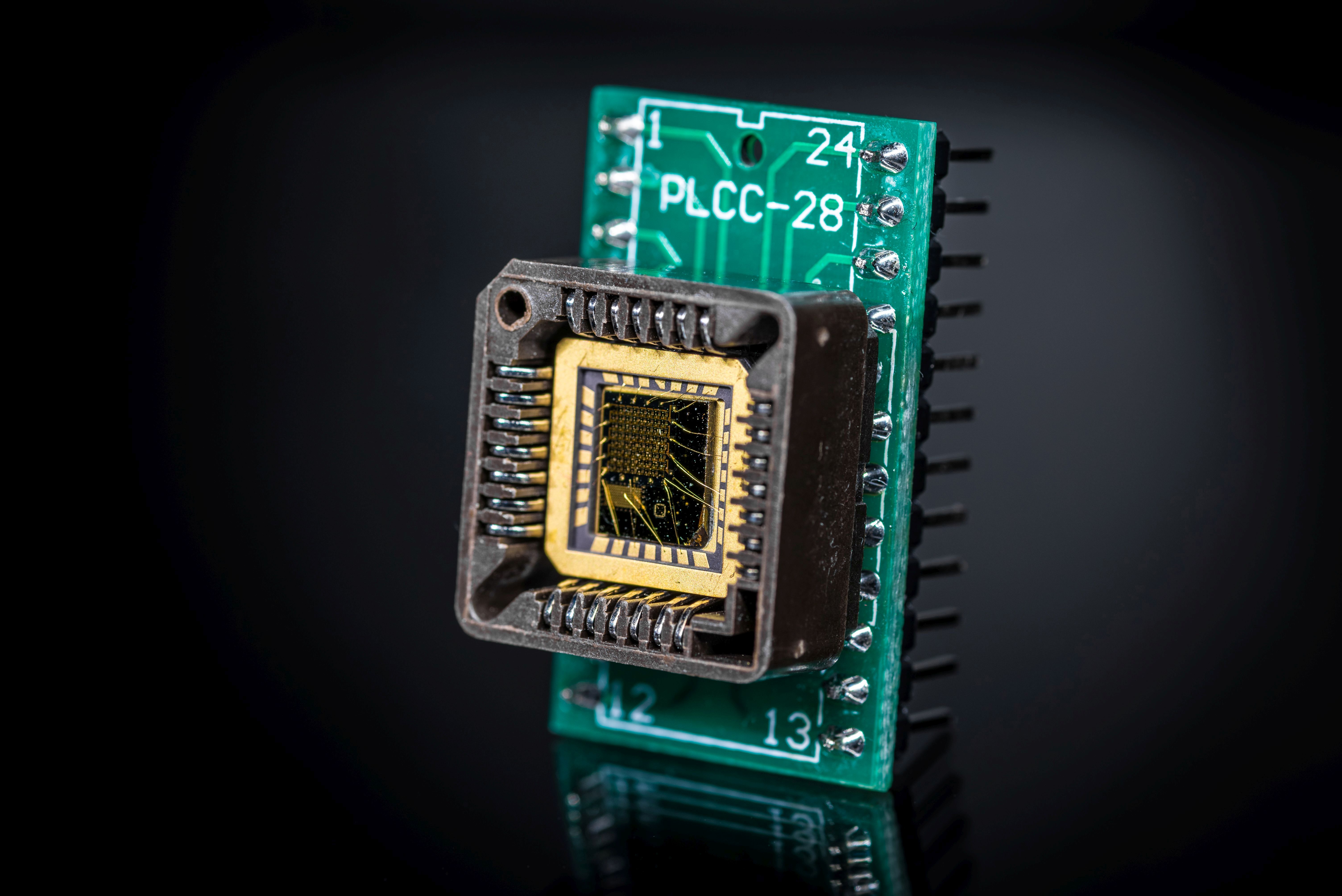IndiPIX™ - Future Mid-Wave Infrared (MWIR) Detector
New manufacturing processes provide cheap, high-volume MWIR detectors
Mid-wave infrared cameras offer numerous high-value applications, including greenhouse gas detection, thermal imaging for inspection and quality control, defence and security, and healthcare, however these cameras are extremely expensive to purchase and operate. QuantIC researchers have developed a new manufacturing process that dramatically reduces the cost of both production and operation of MWIR detectors.
IndiPIX™, produced by QuantIC researchers at the University of Glasgow, utilises gallium arsenide (GaAs) instead of a silicon-based readout chip to remove several manufacturing stages leading to reduced costs. Critically, IndiPIX™ removes the need for flip-chip bonding and minimises thermal expansion mismatch, core leads in the high cost and failure rate of MWIR detectors.
Cheap MWIR detectors will lead to significant mass-production and new applications as they become increasingly commonplace.

IndiPIX™
Dr Vincenzo Pusino, University of Glasgow, talks about IndiPIX™, a new mid-wave infrared (MWIR) detector, with applications in greenhouse gas detection, thermal imaging for inspection and quality control, defence and security, and healthcare.
Benefits
- Significantly cheaper to manufacturer using GaAs
- Low failure rate due to a monolithic construction
- Potential to run without cooling, significant lowering operational costs, size, weight and power of devices
Applications
- Greenhouse gas detection
- Health & safety (detection of harmful substances)
- Defence and security
- Material testing
- Cancer diagnostic
- Building Inspection

Climate Change
Meet our investigators
Prof David Cumming, FRSE, FREng, is the Director of QuantIC, the UK’s Centre of Excellence for research, development, and innovation in quantum enhanced imaging. David is the Professor of Electronic Systems at the University of Glasgow and was the Head of the James Watt School of Engineering which he developed to have a 185 strong academic complement delivering world-class engineering research and education across multiple disciplines. He is also a co-Investigator on QuantIC with expertise in semiconductor and optical component technologies.
Dr Vincenzo Pusino is Lecturer in Electronic & Photonic Devices at the University of Glasgow. Vincenzo has over ten years of experience researching optoelectronics devices, in particular mid-wave infrared detectors and imagers based on antimonide materials.
Contact us
For more information on this technology, please contact:
Chris Payne-Dwyer

